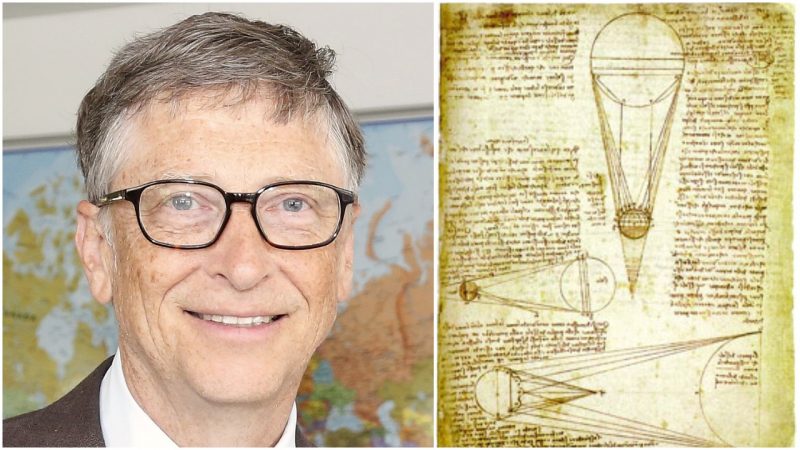When someone mentions the name “Bill Gates,” the first thing that may pop into your mind is Microsoft. Or you may know that the tech wiz has made a name for himself as an active investor and a philanthropist who has long been involved in promoting various humanitarian causes.
What is less known, however, is that Bill Gates has a, shall we say, soft spot for rare books. His collection includes many books of historical relevance, but there is one that holds a special place within Windows creator’s reading repertoire.
For this particular book, the magnate spent $30.8 million and appears he doesn’t regret a penny. And why should he, as it is authored by none other than the Renaissance genius himself―Leonardo da Vinci.
The purchase, which happened in 1994, made the so-called Codex Leicester the most expensive book of that time. It currently holds the second place for having the highest sale price in modern history.

CC BY 2.0
The name of the book comes from its long-term owner―Thomas Coke, the Earl of Leicester―who acquired the book in 1719. It remained in the possession of the Leicester family until 1980, when it was sold to Armand Hammer, an art collector, who invested time and money in the restoration of the manuscript and the English translation.
Out of 30 scientific journals written by the famous artist, Codex Leicester is considered to be the most famous one, mostly due to the staggering price it reached during Gates’ purchase.
The 72-page document contains sketches and ideas revolving around several different subjects like astronomy and the properties of natural elements like water and rocks. It also included theories about the origins of fossils and contemplation about air and celestial light.
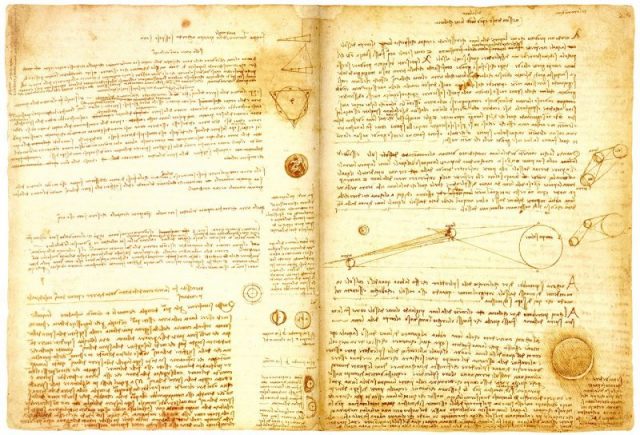
Its main topic, however, focuses on the movement of water, mainly rivers, and the way water overcomes obstacles that are put in its way. This leads to suggestions and solutions concerning the construction of bridges and dams.
Even though da Vinci is considered a genius in his own right, the manuscript offers an interesting insight into scientific fallacies such as the artist’s belief that the Moon is in fact covered in water, which reflects light from the sun.
Although wrong about the theory of the Earth’s natural satellite being a planet-size ocean, he did conclude that the pale glow on the dark portion of the crescent Moon is caused by sunlight reflected from the Earth. The theory of planetshine, as it is today called, was thus speculated about 100 years before the famous German astronomer and astrologer, Johannes Kepler, managed to prove it.
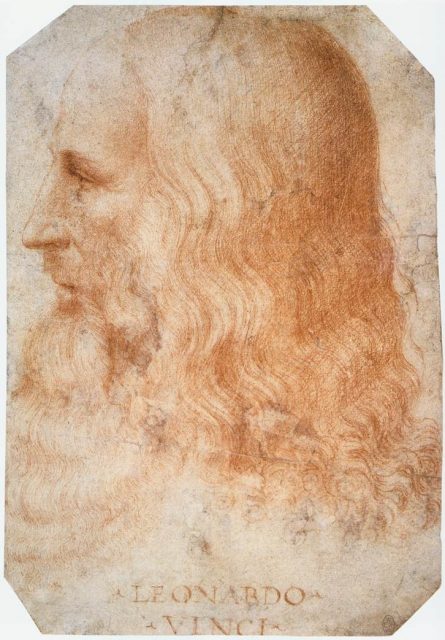
The Codex Leicester also includes drawings and sketches of some of da Vinci’s futuristic machines that were so ahead of his time that they never left the design phase.
Enriched with such models and diagrams, the text is written in an antique version of Italian language, known only to experts today.
But when we speak of Leonardo’s writings, it is impossible not to mention the style that the artist invented and certainly perfected. It is Mirror Writing, meaning that the letters go from right to left so that they could be deciphered with the use of a mirror.
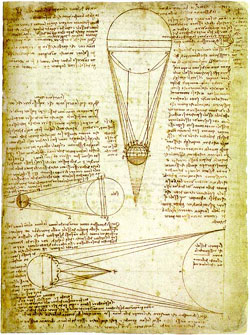
In fact, all of da Vinci’s notes that included prototypes and ideas he considered worthy of secrecy were written this way, as the cunning Italian had to fight off numerous spies and curious counterfeiters, who were always looking to benefit by stealing other people’s work and making a name for themselves in a time when copyright wasn’t exactly an option.
But today, the Codex Leicester is in safe hands―and it is available for the public.
Since the founder of Microsoft bought the valuable book, he has been cooperating with museums who wish to loan it for display. He had its pages scanned individually, thus transferring the manuscript into digital format. Some of these images were even created into screen saver and wallpaper files for Windows 95.
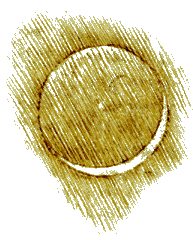
Today, the pages are all unbound and are individually fixed between glass panes, for the purpose of displaying them around the world. They are accompanied by touch-screens which provide a translation for each page. The public display of the book is arranged annually, sometimes taking part in different locations.
For the 5th centenary of the death of Leonardo da Vinci, Codex Leicester will return home to Florence, where it will be exhibited in the prominent Uffizi Gallery on October 2, 2018.
Nikola Budanovic is a freelance journalist who has worked for various media outlets such as Vice, War History Online, and Taste of Cinema in addition to The Vintage News. He mostly deals with subjects such as military history and history in general, literature, and film.
